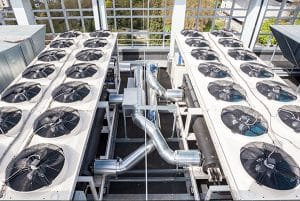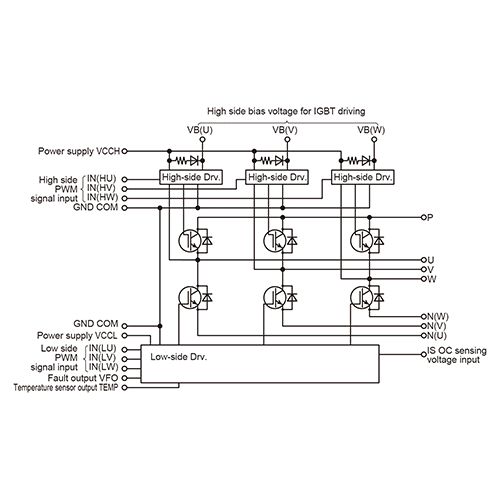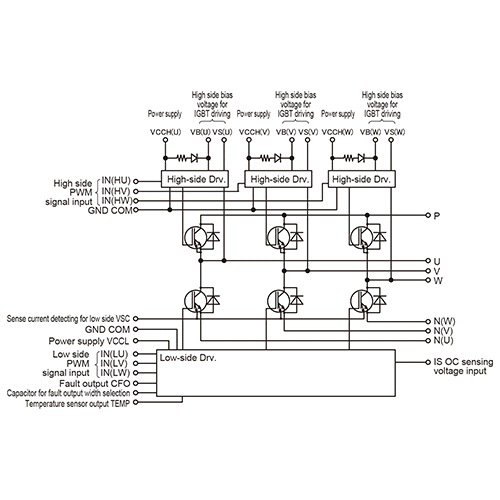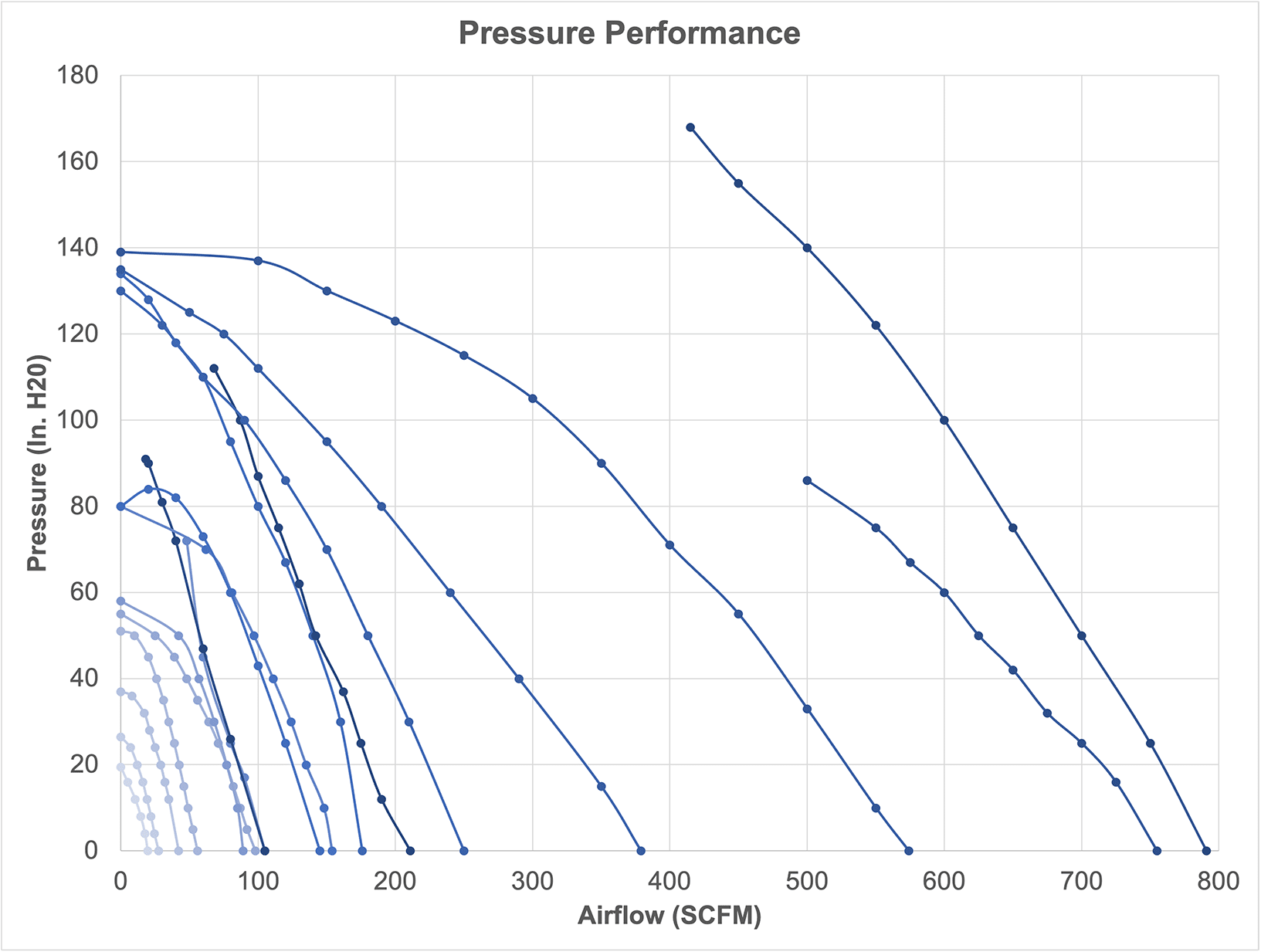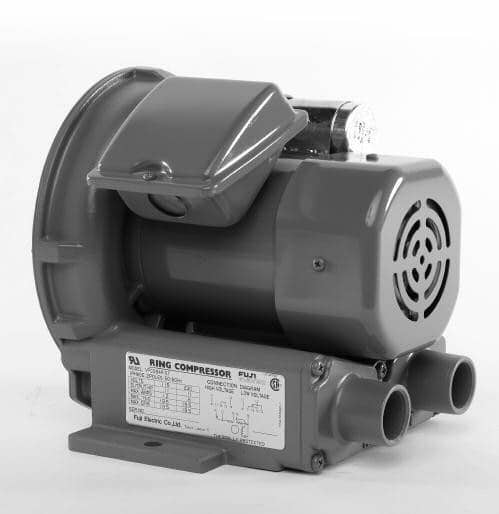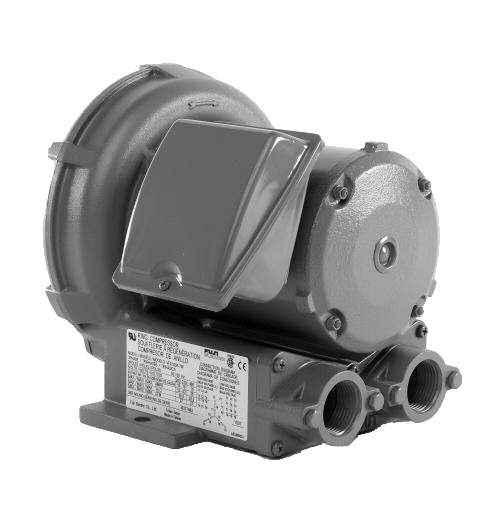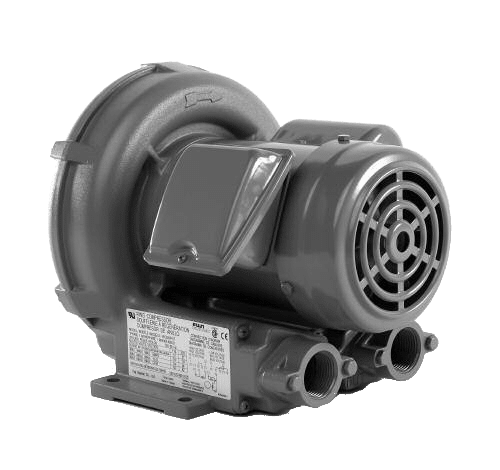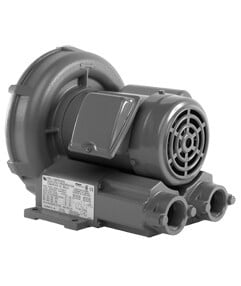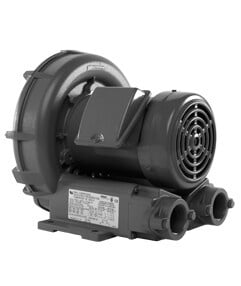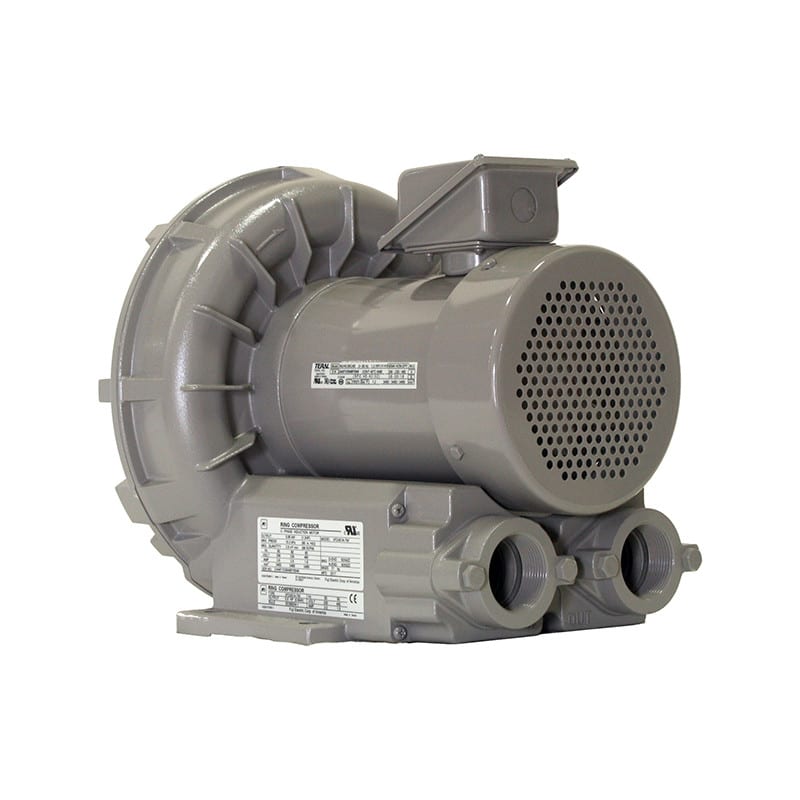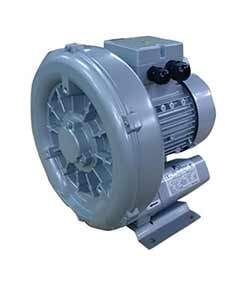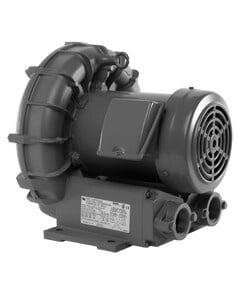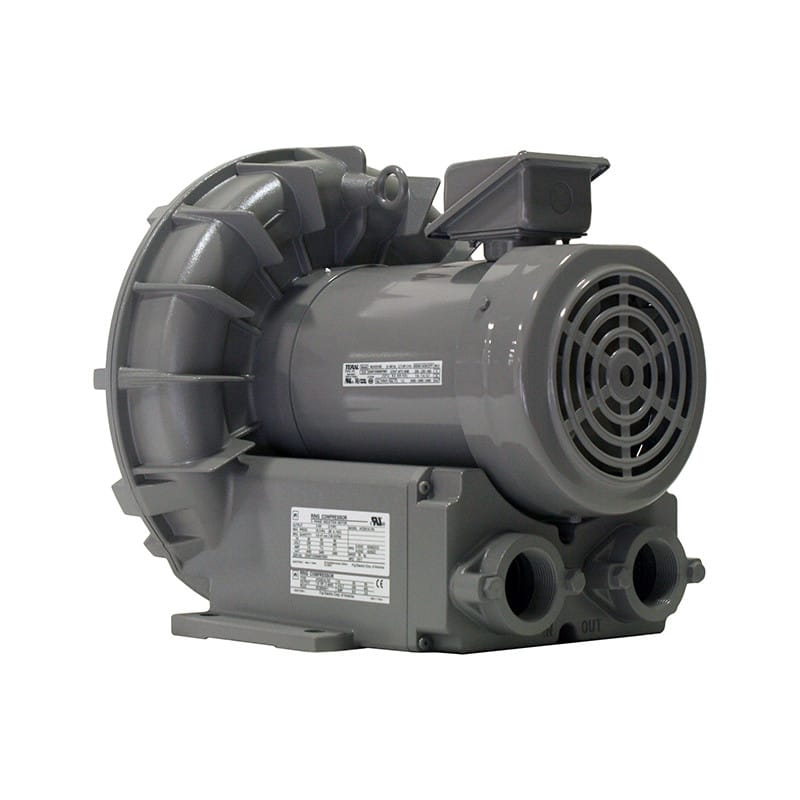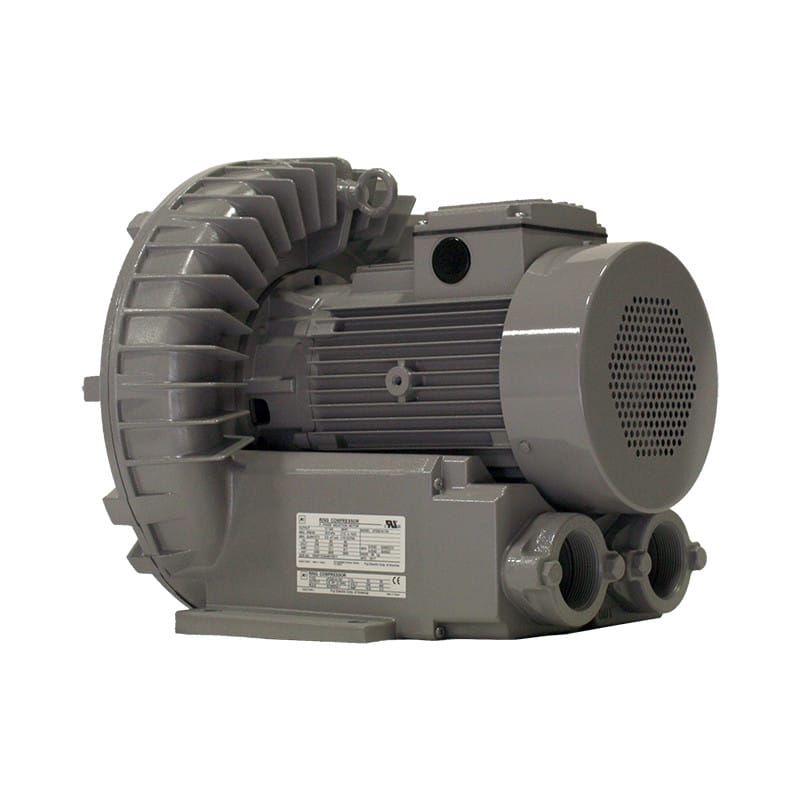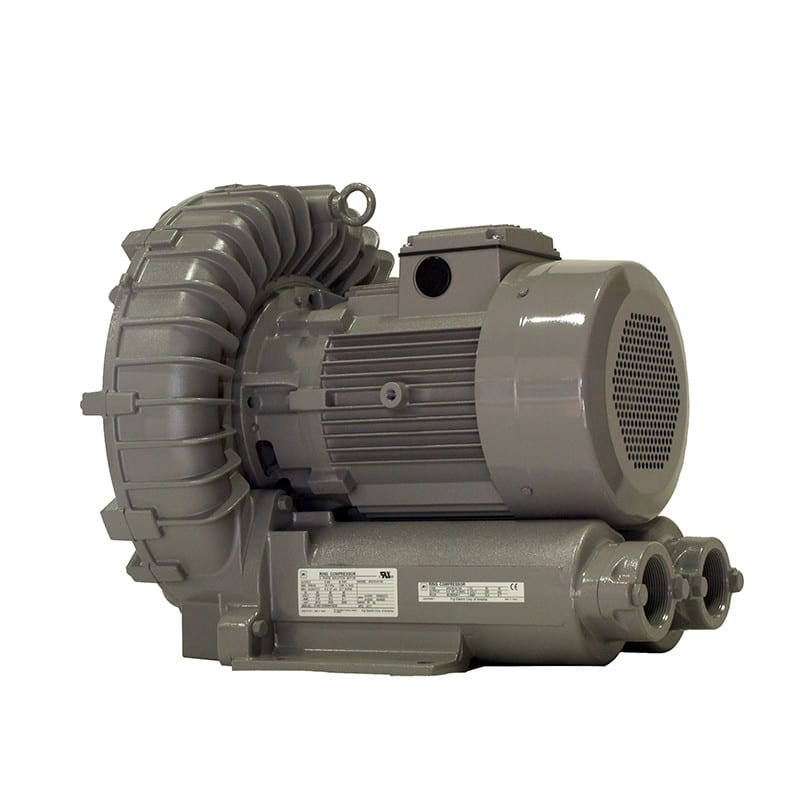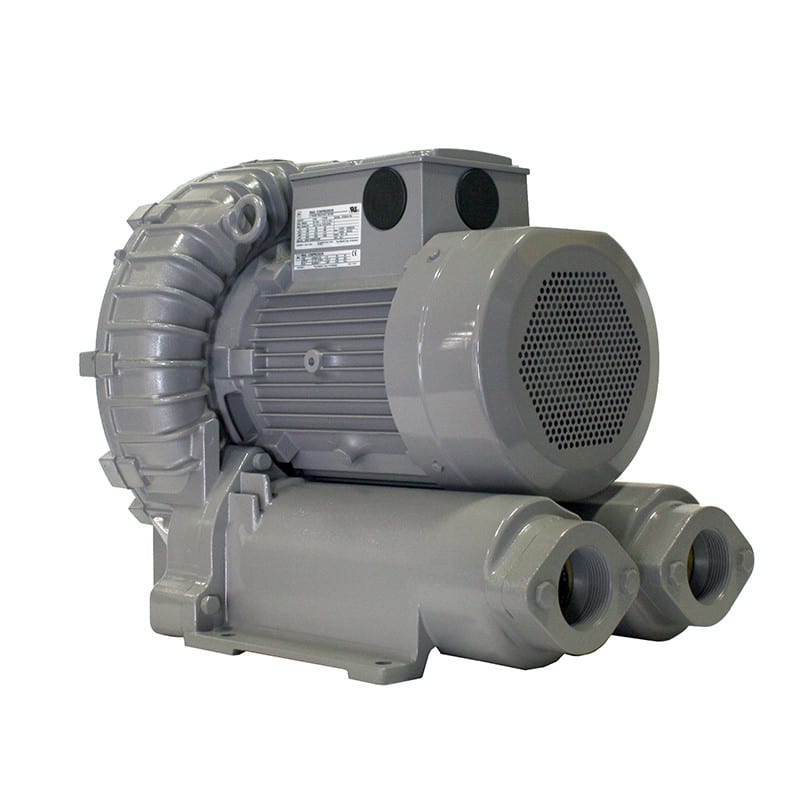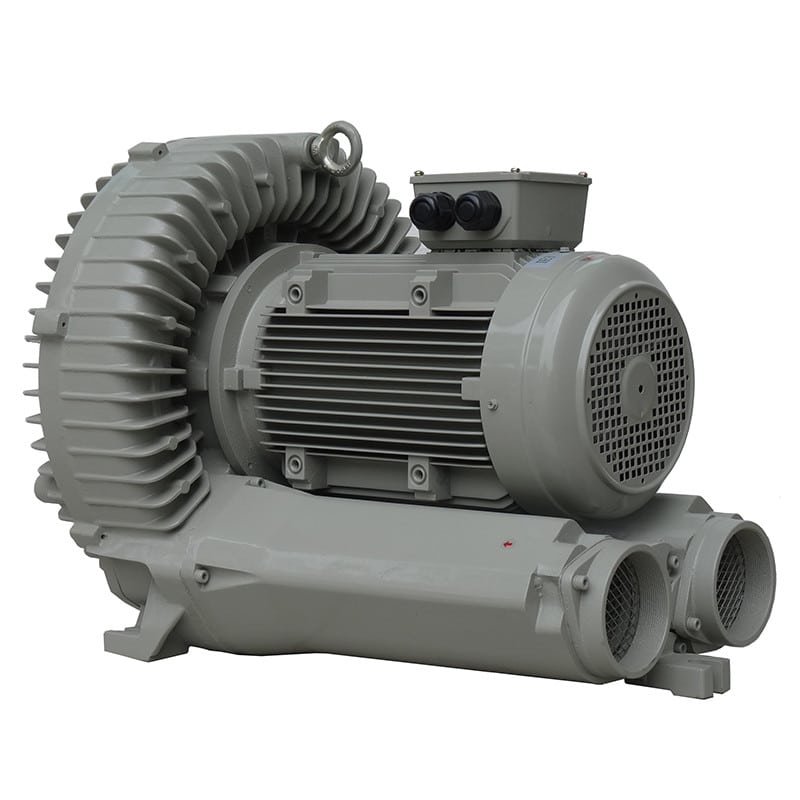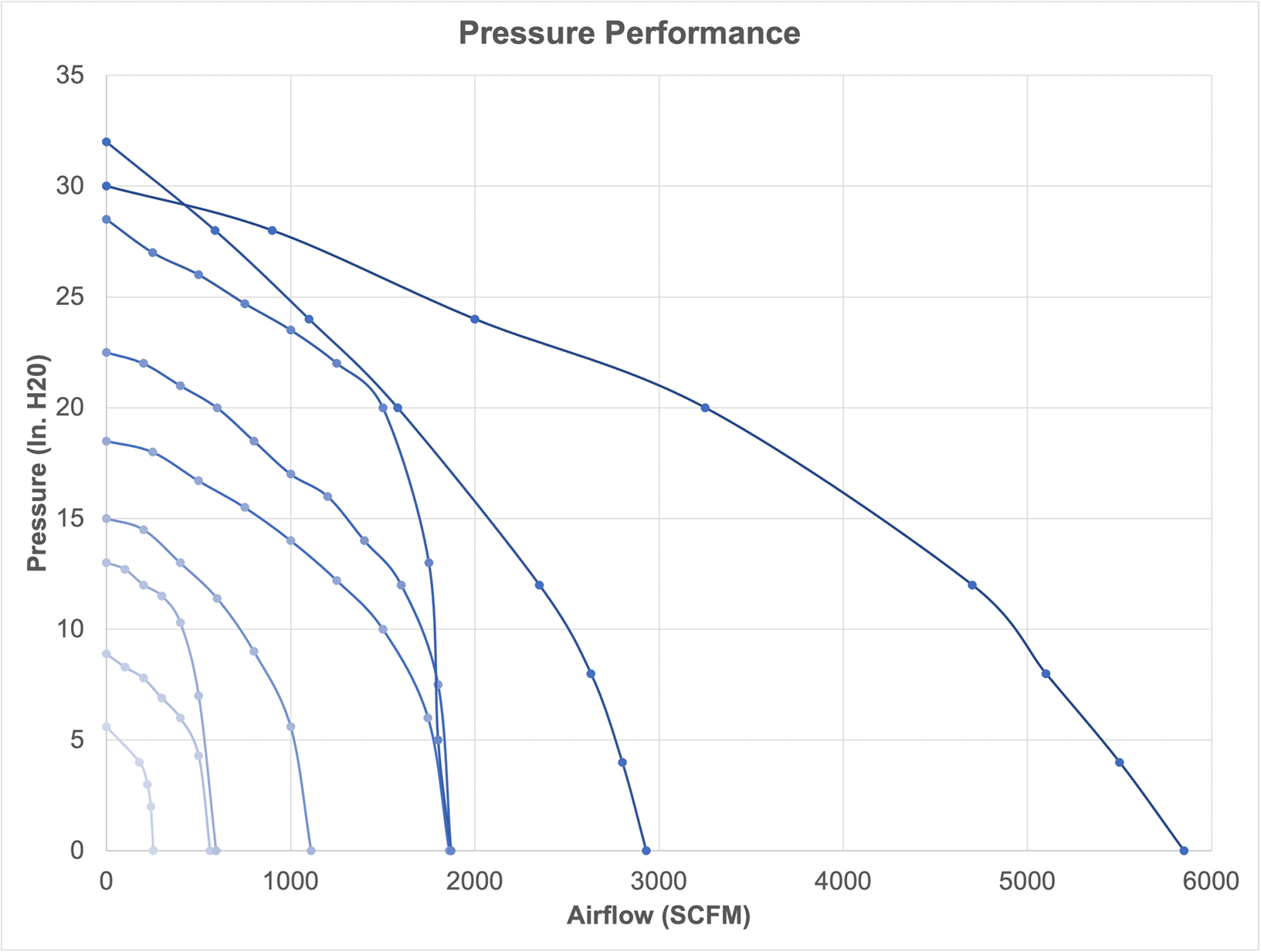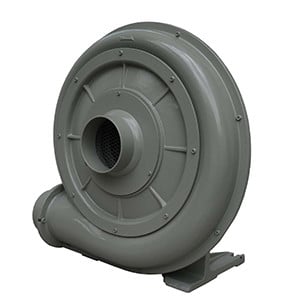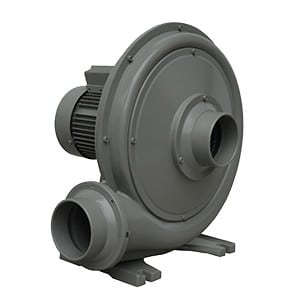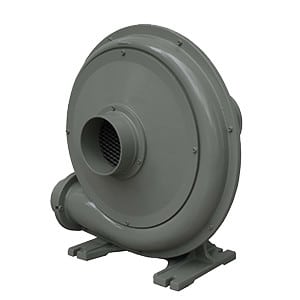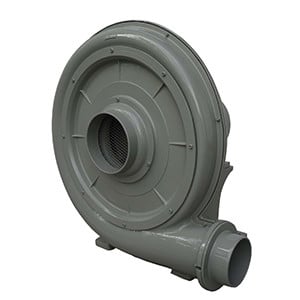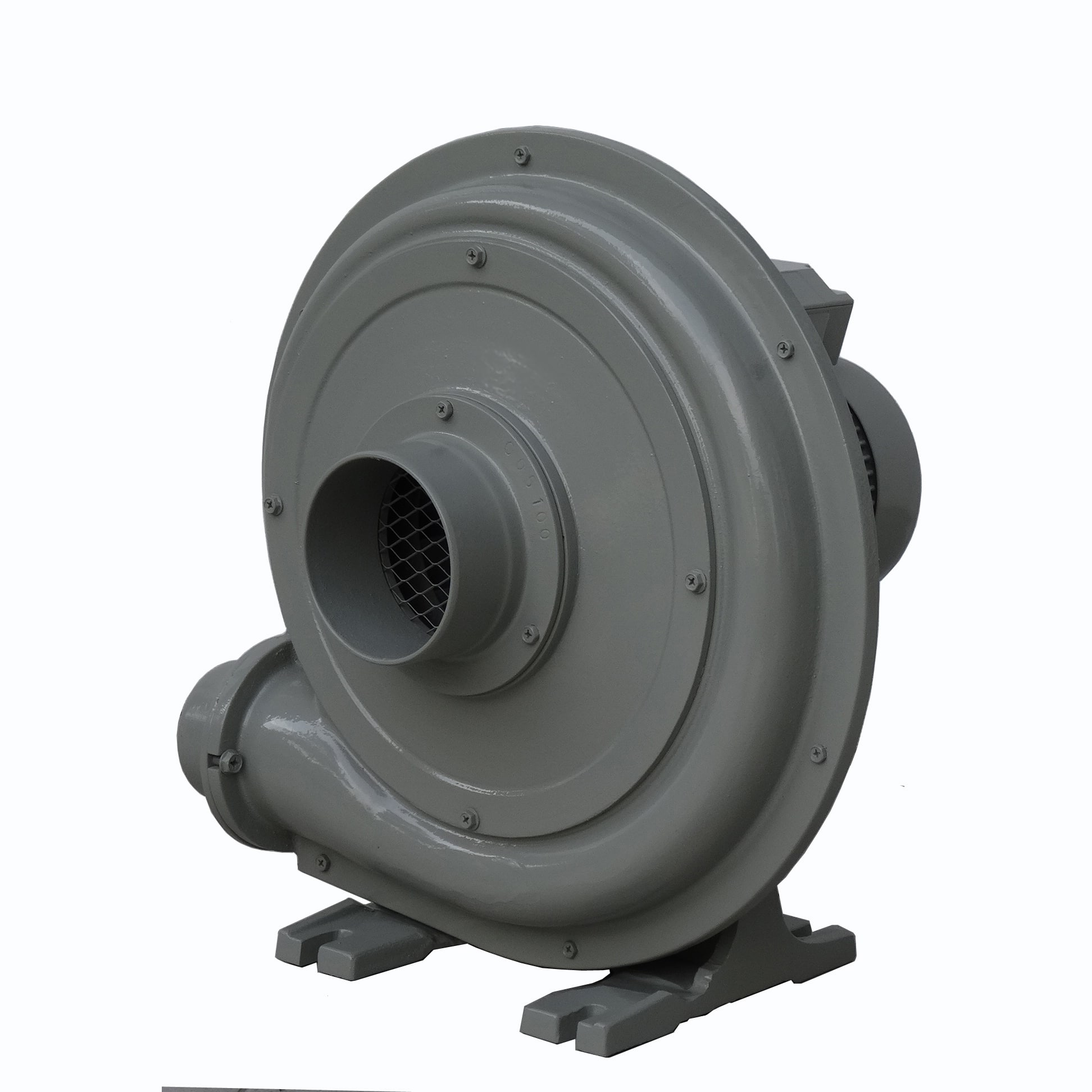Capacity Planning for Managing Critical Power Loads involves strategically assessing and provisioning sufficient power capacity to ensure reliability, scalability, and efficiency in critical applications. This process is vital for facilities like data centers, hospitals, telecom hubs, and industrial plants. Below is a structured approach: 
- Understand Critical Power Load Requirements
Identify Critical Loads
- List all equipment and systems that require uninterrupted power (e.g., servers, HVAC systems, medical devices).
- Categorize loads as:
- Essential: Must always be powered.
- Non-essential: Can tolerate temporary power loss.
Determine Power Specifications
- Note each load’s power ratings:
- Voltage (V)
- Current (A)
- Power (kW/kVA): Use nameplate data.
- Consider starting inrush current for motors or HVAC systems.
Calculate Total Power Requirement
- Sum the power consumption of all critical loads:
Factor in Power Quality Needs
- Identify sensitive loads requiring stable voltage and frequency, free from harmonics and transients.
- Account for Load Growth and Scalability
- Include a safety margin (typically 20–30%) to accommodate:
- Future expansions.
- Seasonal variations in demand.
- Unexpected load surges.
- Assess Power Infrastructure
Uninterruptible Power Supply (UPS)
- Select a UPS system with:
- Adequate capacity to handle total load.
- Appropriate battery runtime for backup duration.
- Redundancy (N+1, 2N) for reliability.
Generators
- Ensure the generator capacity matches or exceeds peak load demand.
- Account for startup time (cold start vs. warm start).
Power Distribution Units (PDUs)
- Verify the PDUs can handle total load and provide even distribution across circuits.
Renewable Integration
- If applicable, evaluate the capacity of solar, wind, or other renewable sources.
- Implement Redundancy
Redundancy Models
- N+1: One extra unit for backup (e.g., UPS, generator).
- 2N: Full duplication of systems.
- 2(N+1): Enhanced redundancy for ultra-critical loads.
Load Balancing
- Distribute critical loads evenly across redundant systems to prevent overload during failures.
- Monitor Environmental Conditions
- Consider environmental factors that can impact power capacity:
- Temperature: High temperatures can reduce the capacity of batteries and equipment.
- Altitude: Reduced air density at high altitudes can affect cooling and generator performance.
- Energy Efficiency Considerations
- Select energy-efficient components to reduce operational costs and thermal load:
- High-efficiency UPS systems (e.g., 96%+ efficiency).
- Power factor correction devices to reduce reactive power.
- Advanced cooling solutions for power equipment.
- Perform Load Testing
- Simulate full load conditions to verify the power system’s capacity and reliability.
- Periodically test backup systems (UPS, generators) under real-world scenarios.
- Implement Power Monitoring and Management
Real-Time Monitoring
- Use smart meters, sensors, or monitoring software to track:
- Load levels.
- Power quality (voltage, frequency, harmonics).
- Battery health and runtime.
Predictive Maintenance
- Analyze trends to predict and prevent equipment failures.
- Schedule proactive maintenance for UPS, batteries, and generators.
- Emergency and Failover Planning
Automatic Transfer Switches (ATS)
- Ensure ATS can seamlessly transfer loads between utility and backup power.
- Failover Plans
- Develop contingency plans for manual intervention in case of system failure.
Document Critical Loads
- Maintain an updated inventory of critical loads and their power requirements.
- Compliance and Standards
- Adhere to industry standards and regulations:
- IEEE 446 (Orange Book): For emergency and standby power systems.
- NFPA 70 (National Electrical Code): Electrical safety.
- IEC 62040: UPS standards.
Capacity Planning Formula
A simplified approach for UPS sizing:
Add a safety margin:
Checklist for Critical Power Capacity Planning
- Load Assessment:
- Total power consumption.
- Peak vs. steady-state loads.
- Infrastructure Review:
- UPS, generators, PDUs, ATS.
- Redundancy:
- Type (N+1, 2N, etc.).
- Configuration for failover.
- Scalability:
- Future-proofing capacity.
- Modular UPS or generator systems.
- Monitoring:
- Real-time power monitoring.
- Predictive analytics for maintenance.
- Compliance:
- Adherence to relevant safety and operational standards.
Conclusion
Effective capacity planning ensures that critical power systems are reliable, scalable, and efficient, reducing downtime and maintaining operational continuity. By considering load requirements, redundancy, monitoring, and scalability, you can design a robust power infrastructure tailored to your application.






























